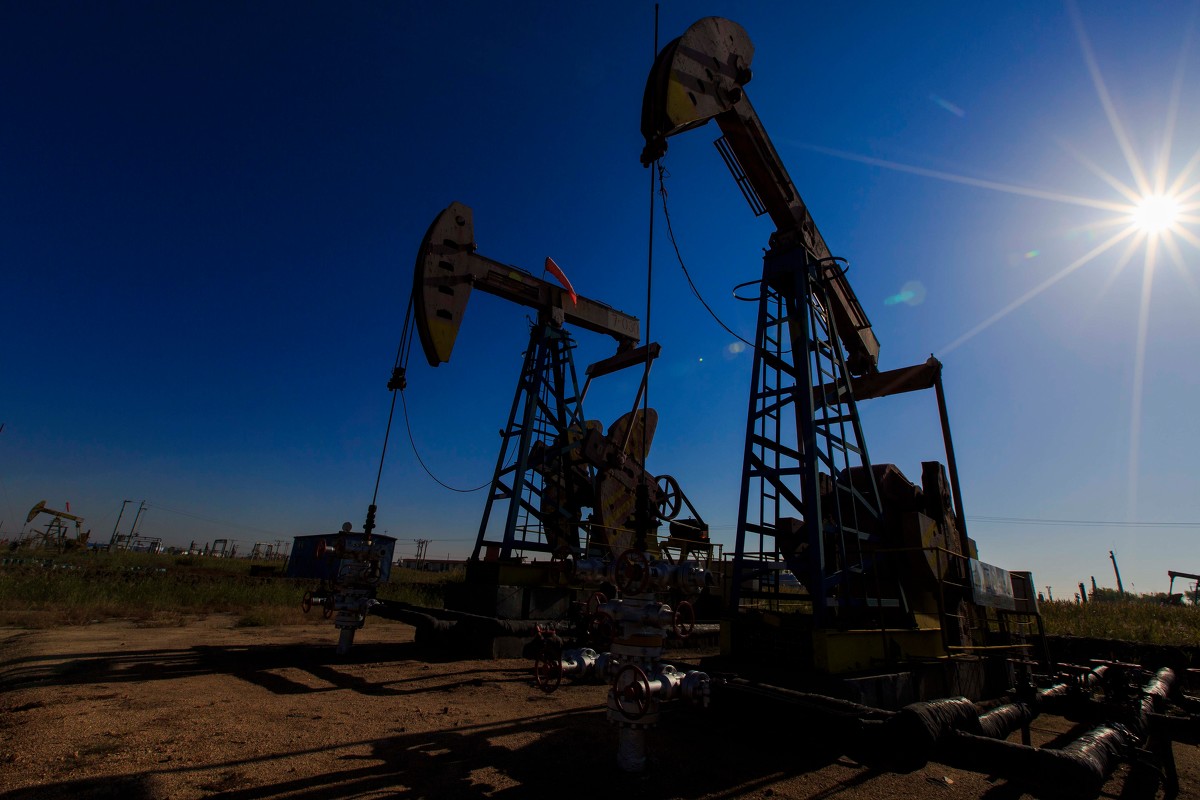Article Archive
Article Archive
- Introduction of Cement Slurry System (Part 1)
- Introduction of Cement Slurry System (Part 2)
- Introduction of Cement Slurry System (Part 3)
- Introduction of Cement Slurry System (Part 4)
- High Temperature and High Pressure Cementing Technology
- Low Density Cementing Slurry Technology
- Anti Gas Channeling Cementing Technology
- Drag Reducing Agents (DRA) or Drag Reducers (DR)
- Nitrogen Surfactant Compound Huff and Puff Technology
- Oil Washing Technology for Increasing Production
Impermeability
When the cement reacts with ZORANOC, light acetylene gas will be released from the concrete surface rapidly, which will reduce the total porosity. The pores contain 97% capillary and 3% coarse pores, and the voids are small and small. Carbon dioxide is usually produced in concrete, which is released from the surface of concrete to form large voids after its accumulation reaches the critical mass. It usually contains 70% coarse pores and 30% fine pores
The cement reacts with ZORANOC to produce calcium sulphoaluminate crystals which are insoluble and chemical resistant. In the hydration process, it grows along the capillary wall to form hexagonal dendrite. When the liquid goes deep, the hexagonal dendrite will expand and reduce the diameter of capillary pores. The reduction of pore diameter can increase the hydraulic pressure and air pressure in the pores. The positive pressure generated by the reduction of pore diameter can resist the penetration and erosion of gas, liquid and other electrolytic chemical liquids such as salt, acid, alkaline, industrial waste liquid, sugar acid and petroleum. At the same time, moisture, acid. The self tension of alkali chemical liquid, petroleum and other liquids can not penetrate into the micro pores. Although the pores are very small due to the expansion and shrinkage of crystals, they still have air permeability.
Chemical resistance
The metal elements in cement produce oxidation, which will form active metal ions with charge. The charged metal ions and chemical liquids with electrolyte, such as corrosive liquid, will neutralize each other on the surface of concrete to resist the erosion of chemical substances. Its chemical resistance is better than that of acid resistant cement or high alumina cement, and has corrosion resistance.
Reduce water consumption
The higher the electrolyte, the faster the hydration speed of cement, the more volume of cement slurry, and the better the workability. Therefore, it is necessary to reduce the water consumption to maintain the best electrolyte strength and produce the largest amount of cement mortar. Main uses:
Waterproof, can be used in: underground buildings, such as subway, MRT, tunnel, diaphragm wall, underground parking, underground sidewalk, lift pit. Reservoir, swimming pool, aqueduct, high impermeability shaft, culvert. High impermeability water discharge roof, building floor, high impermeability mortar moisture-proof layer, mortar waterproof layer.
It has acid resistance and chemical resistance, and can be used for:
Sewage treatment tank, acid storage tank, oil tank. Acid resistant floor, chemical factory building, dike near the sea, wharf, freezer, etc.
It has freeze-thaw resistance and can be used in freezing room, air-conditioning room and places with large temperature change.
It is resistant to chloride ion erosion in seawater and can be used in buildings, embankments and wharfs near the sea.
It can be used in reservoir concrete, dam concrete mortar layer, bridge concrete mortar layer, concrete pavement, etc.




